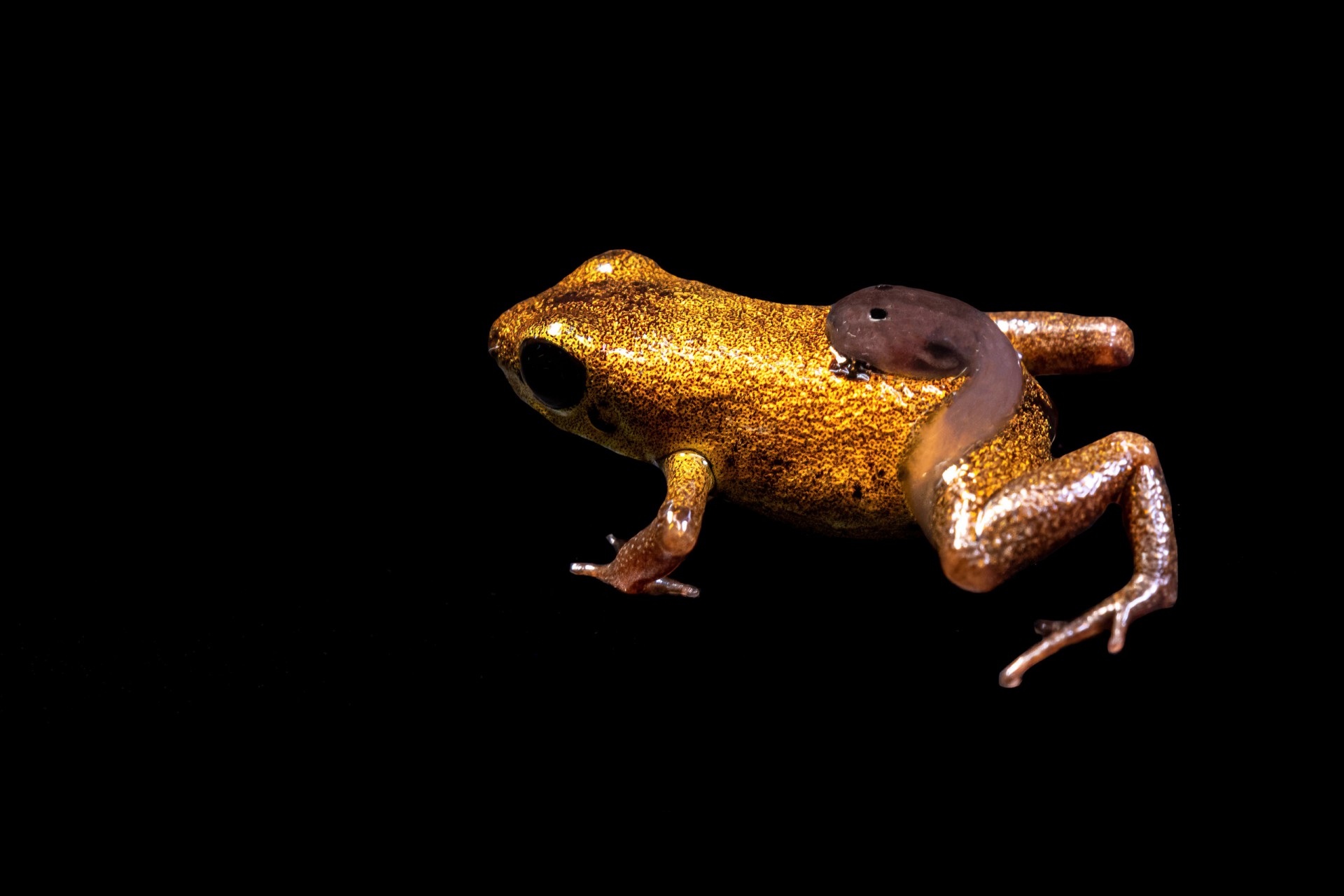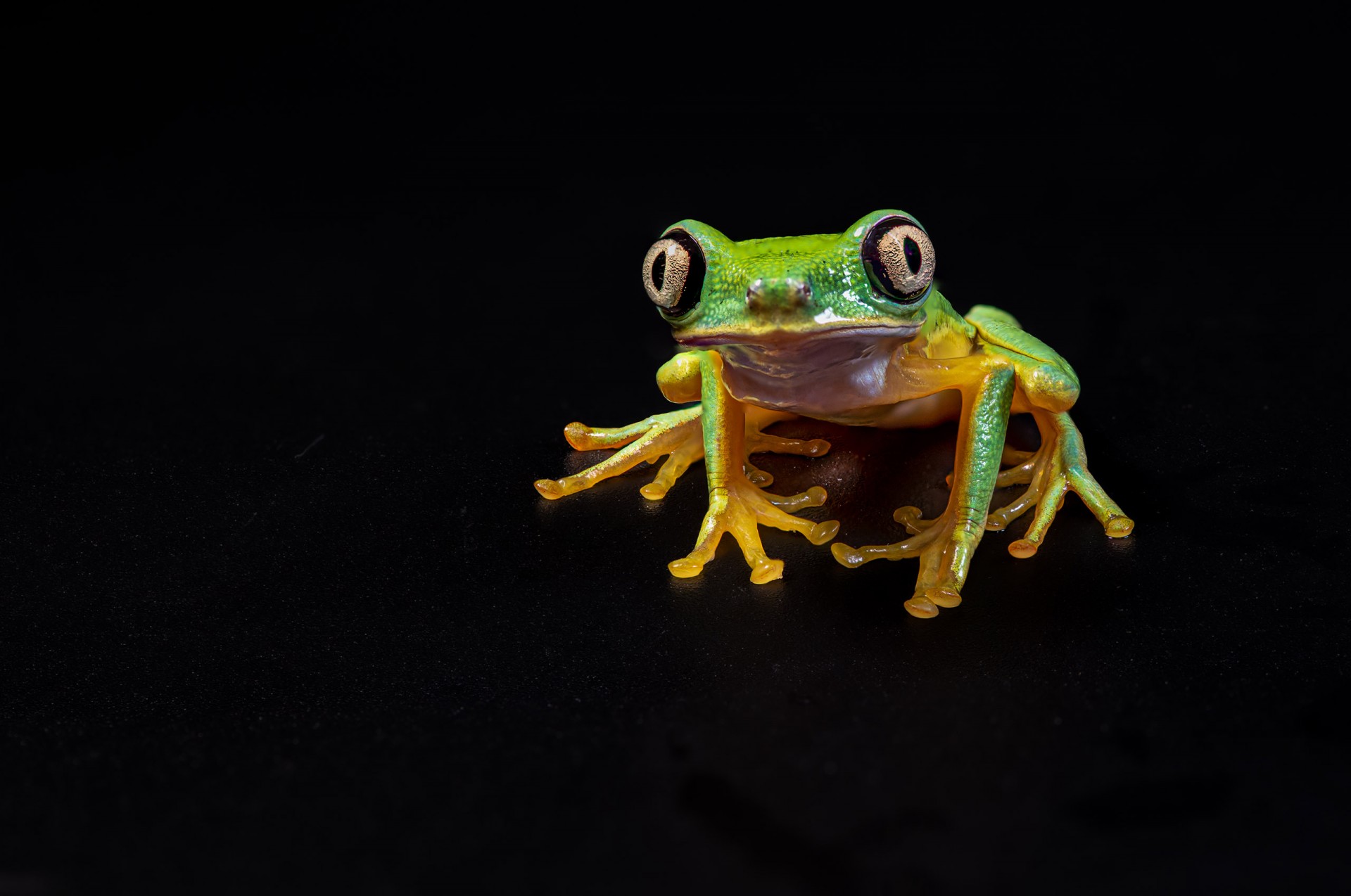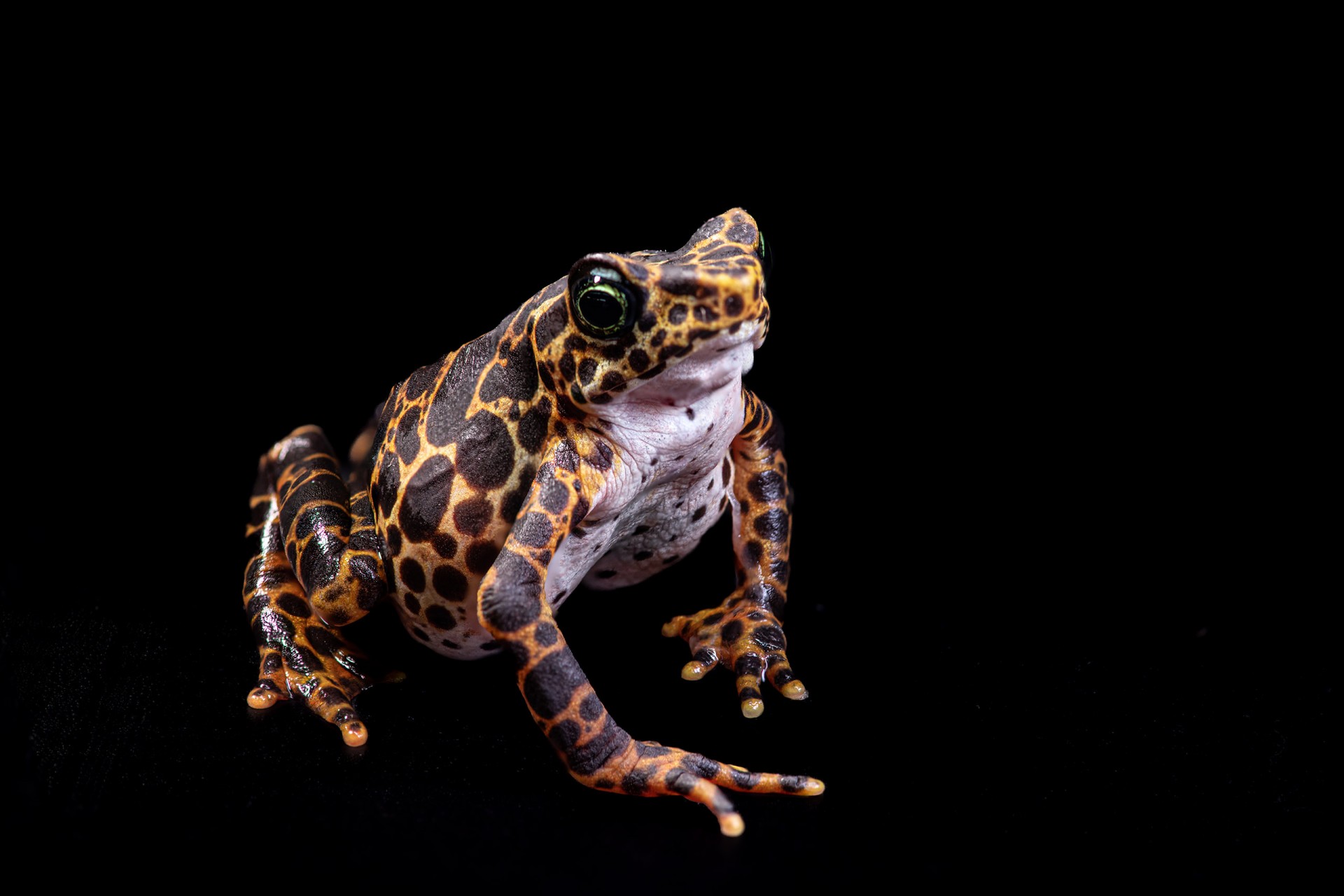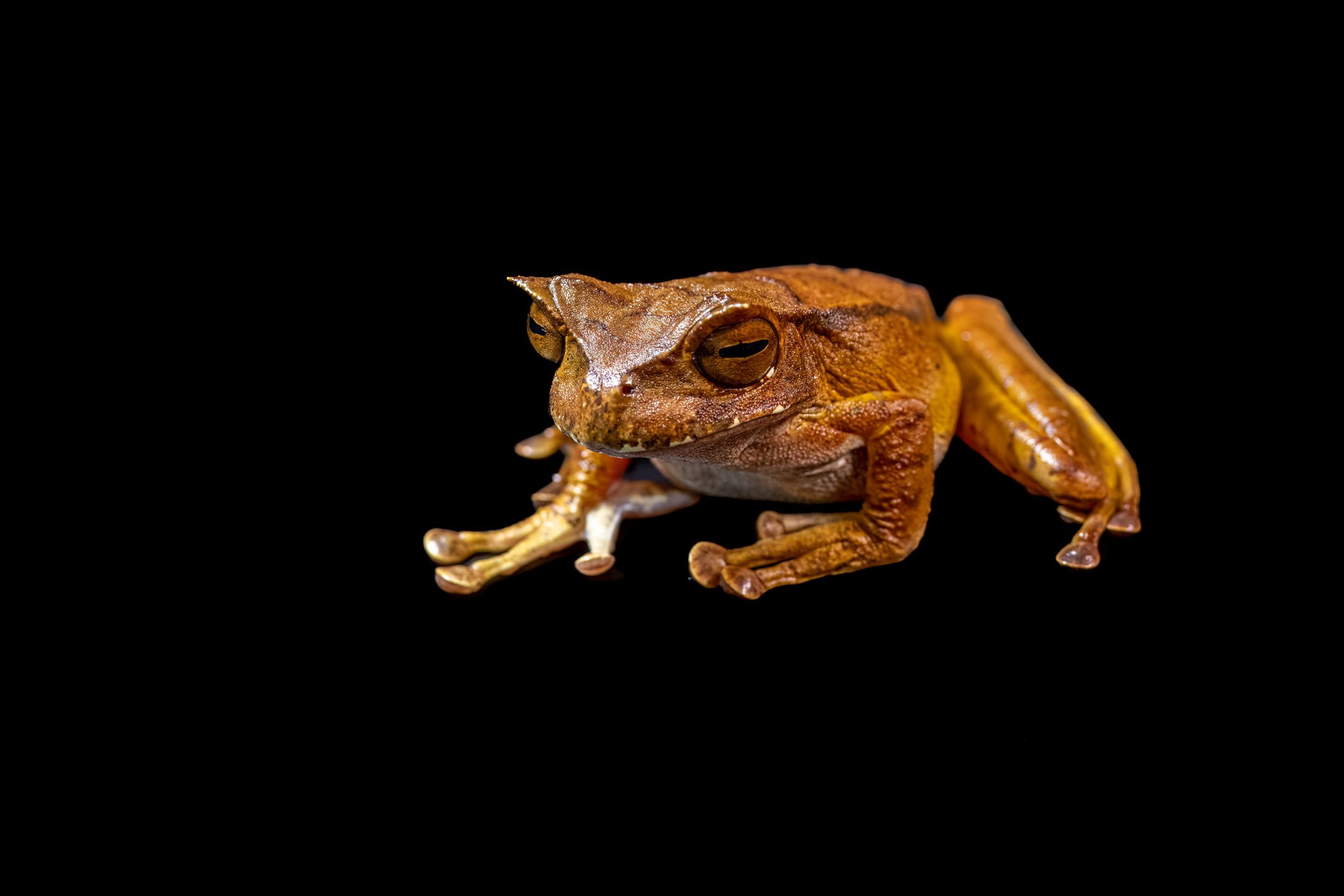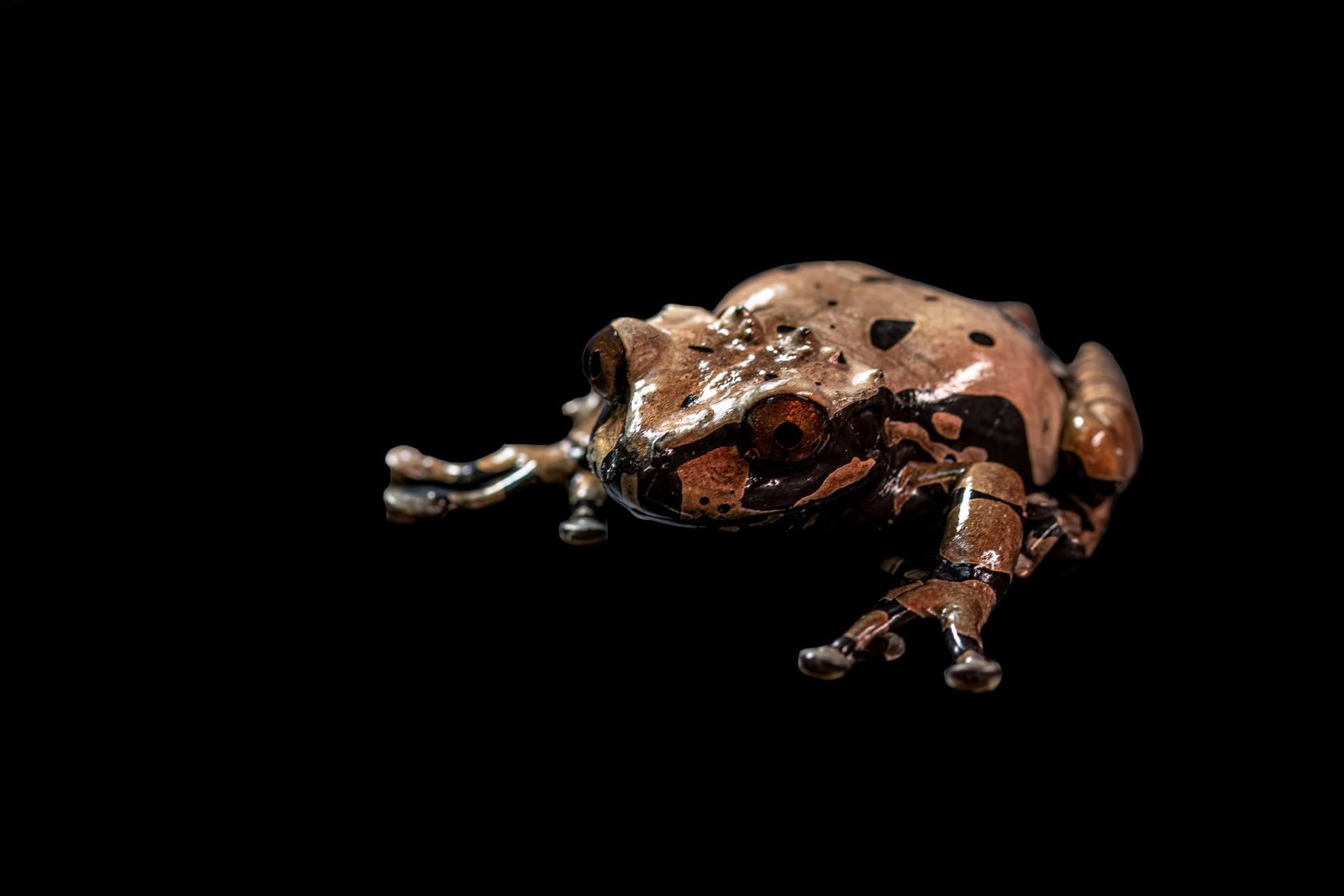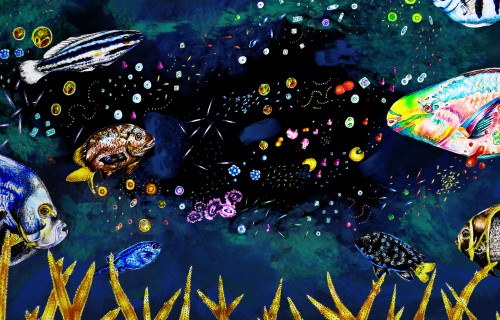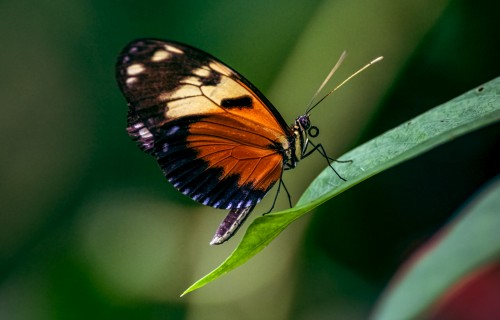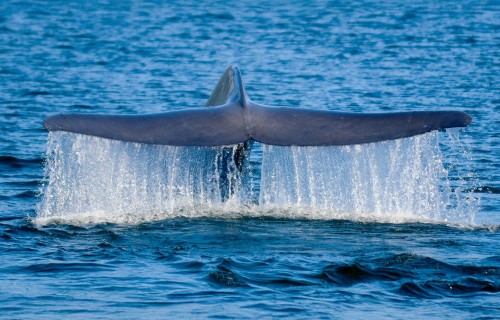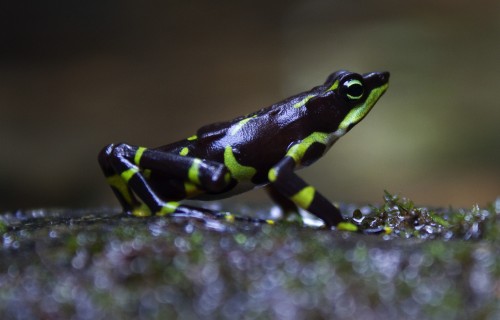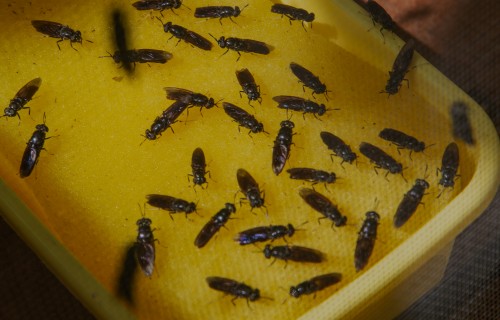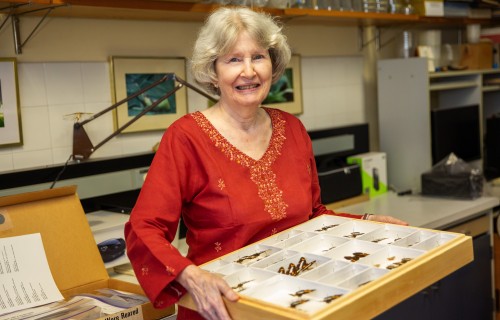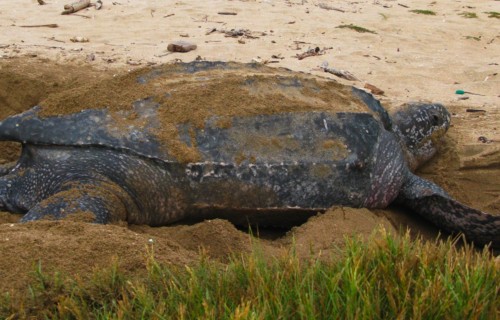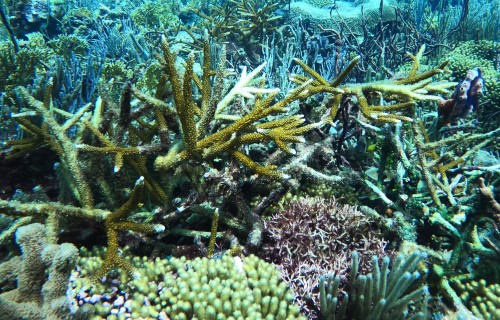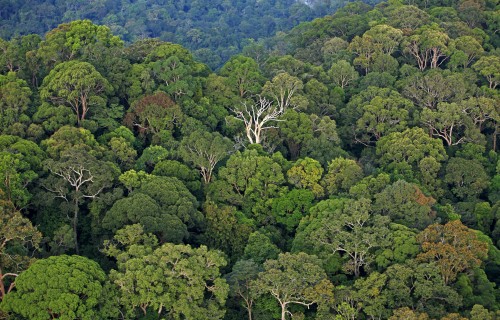Above the tropical forest canopy,
sensors capture the fluxes of gases
between the trees and the atmosphere
Critical
conservation sites
The highlands of Panama, Central Panama and Darien identified among the 50 Threatened Amphibian Landscapes worldwide
Byline: Leila Nilipour
A groundbreaking study assessed the extinction risk of more than 8,000 amphibian species worldwide and concluded that two out of five amphibians are threatened.
Three regions of Panama have been included among the Threatened Amphibian Landscapes (TALs) by the Second Global Amphibian Assessment (GAA-2) recently conducted for the Amphibian Red List Authority (ARLA) of the International Union for Conservation of Nature (IUCN). The analysis assessed the extinction risk of more than 8,000 amphibian species around the globe and identified 50 TALs worldwide that are of critical conservation importance because they account for 71% of all threatened amphibians. These include the highlands of Panama, Central Panama and the Chocó-Darién.
This global effort relied on the data and knowledge of more than a thousand experts worldwide, including Panamanian scientists. Their results, reported in an article in the journal Nature last October 4, revealed that two out of every five amphibians in the world are threatened with extinction. Among the authors of this article are the director of the Panama Amphibian Rescue and Conservation Project (PARC), Dr. Roberto Ibáñez, and Ángel Sousa-Bartuano, of the University of Panama.
One of the species in the Panama Amphibian Rescue and Conservation Project (PARC) is the critically endangered Geminis’ dart frog (Andinobates geminisae), a species endemic to Central Panama. It has a very limited known distribution range in the rio Belen basin, in the Donoso region of Panama’s Colon Province, which has been affected by deforestation in recent years.
Credit: Steven Paton, STRI
The first global amphibian assessment (GAA-1) was conducted in 2004 and, since then, at least four amphibian species have become extinct, including the Chiriqui harlequin frog (Atelopus chiriquiensis) that inhabited the highlands between Costa Rica and western Panama.
GAA-2 revealed that habitat destruction and degradation is the greatest threat to amphibians worldwide, affecting the majority of threatened species. In Panama, the disease caused by the chytrid fungus remains the main risk factor for amphibians; however, habitat degradation has an important impact.
“Since, by reducing their distribution areas, the possibilities of remaining populations of the species affected by the fungus are also reduced,” Ibáñez explained. “In addition, the habitats used by other amphibian species are reduced and fragmented.”
According to GAA-2, there are 11 endangered species in Central Panama, mostly due to the disease and habitat loss. In the case of the Choco-Darien, 81 threatened species were identified, largely due to habitat loss, followed by disease and climate change. In the Panamanian highlands, 76 species are threatened, mainly due to habitat loss, followed by disease. However, these regions of the country have the highest percentage of amphibians threatened by climate change, at 17%.
The nocturnal arboreal species Agalychnis lemur, which lives between Costa Rica, Panama, and Colombia, is critically endangered and is among the twelve species of frogs protected by the Panama Amphibian Rescue and Conservation Project (PARC).
Credit: Steven Paton, STRI
Although this is a relatively low value, compared to TALs such as Puerto Rico or Jamaica where 100% of amphibians are threatened by climate change, this could be because in Panama it is not so easy to separate the effect of climate change from that caused by other threats.
“If the populations of several species have previously declined and if the disease is still keeping them at low numbers, this makes it difficult to determine if there is an effect of climate change and if this threat is important for Panama's amphibians,” said Ibáñez. “However, the effects of climate change could further impact these populations, also affecting populations of other amphibian species in the country.”
In the future, this threat could have a greater impact on the country, as GAA-2 revealed that globally it contributed to 39% of the declines in amphibian status on the IUCN Red List since 2004.
The Toad Mountain Harlequin Frog (Atelopus certus) is endemic to Cerro Sapo in the Darién region, one of the 50 Threatened Amphibian Landscapes worldwide. It is critically endangered and is one of the species protected by PARC.
Credit: Steven Paton, STRI
“The species expected to be most affected are those found exclusively in the highlands of the country,” said Ibáñez. “Also, those living in humid areas, which will be affected as they become more arid due to changes in precipitation.”
Despite the increasing threats identified in the analysis, not all the findings were negative. Some 120 species improved their status on the IUCN Red List since 1980, and more than half of them achieved this through conservation actions aimed at protecting and managing their habitat. For example, the species Peltophryne lemur from Puerto Rico, went from Critically Endangered in 2004 to Endangered in 2020, thanks to a captive breeding program and reintroduction to its habitat, an effort similar to that of the Amphibian Rescue and Conservation Project (PARC) in Panama with twelve species of frogs highly susceptible to extinction.
“These documents are not only a call to action, but also a reminder of our responsibility as humans to preserve and protect biodiversity in all its forms,” said Dr. Gina Della Togna, STRI research associate, executive director of The Amphibian Survival Alliance and one of the Panamanian scientists who contributed to GAA-2. “They are an invaluable guide for national and international decision-making and policies that will directly impact the future of amphibians and our planet.”
The Horned marsupial frog (Gastrotheca cornuta) lives in trees in lowland rainforests and humid premontane forests between Costa Rica and Ecuador. Females carry the fertilized eggs on their backs, which is the reason behind its common name. It is critically endangered and is one of the frog species protected by PARC.
Credit: Steven Paton, STRI
In the case of TALs, such as the three sites identified in Panama, the recommendation goes beyond ensuring the protection of these habitats. It calls for integrating additional solutions, such as habitat management and restoration, as well as disease management, captive breeding and species reintroduction, invasive species control, wildlife trade restrictions and climate change mitigation strategies.
“Today, more than ever, we must unite in a global effort to safeguard these threatened species,” said Della Togna. “We have the power to make a difference and ensure a sustainable future for all. May these documents be a beacon of hope and an inspiration to all those who fight tirelessly for amphibian conservation and the protection of our precious natural environment.”
The spiny-headed tree frog (Triprion spinosa) lives in the central region of Panama, identified as one of the 50 Threatened Amphibian Landscapes worldwide. It is one of the frog species protected by PARC.
Credit: Steven Paton, STRI
In addition to Roberto Ibáñez, Ángel Sousa-Bartuano, Gina Della Togna, other national scientists such as Abel Batista, Jorge Guerrel, César Jaramillo, Marcos Ponce, Daniel Medina, Luis Elizondo, Orlando Garcés and Michelle Quiroz contributed their expertise and data to the GAA-2.
STRI, headquartered in Panama City, Panama, is a unit of the Smithsonian Institution. The institute furthers the understanding of tropical biodiversity and its importance to human welfare, trains students to conduct research in the tropics and promotes conservation by increasing public awareness of the beauty and importance of tropical ecosystems.

